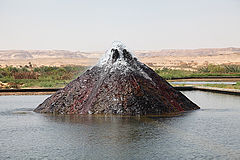Religious Tourism:
Exploring the Benefits
of Visiting Holy Sites
Religious tourism is a form of travel that involves visiting holy sites, often for spiritual or religious reasons. For many, visiting these sites is a way to deepen their faith and practice. Religious tourism also has a longer, more global purpose. It can be a way to foster dialogue, promote cultural understanding, and experience different ways of life in the world.
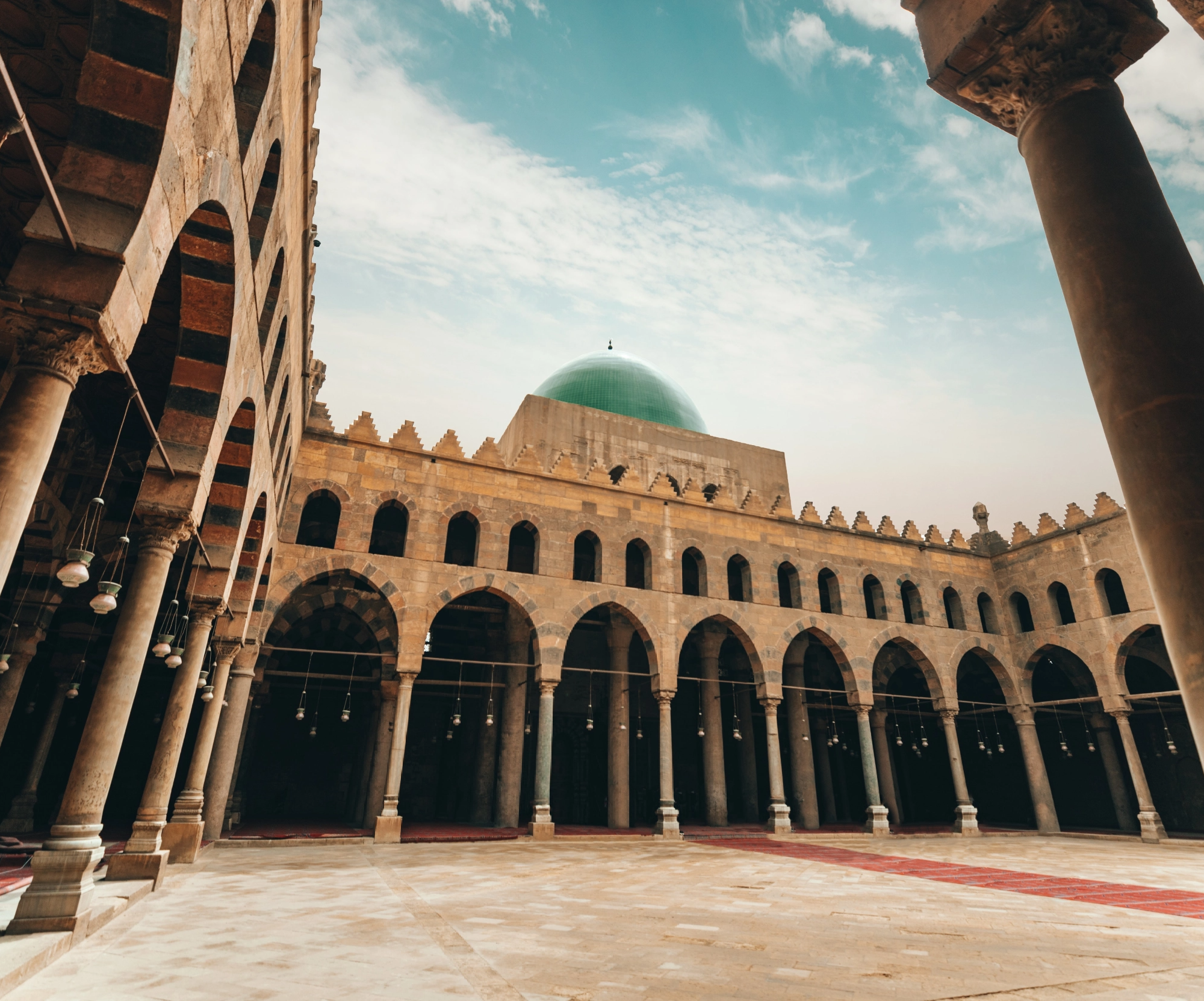

Religious Tourism: Exploring the Benefits
of Visiting Holy Sites
Religious tourism is a form of travel that involves visiting holy sites, often for spiritual or religious reasons. For many, visiting these sites is a way to deepen their faith and practice. Religious tourism also has a longer, more global purpose. It can be a way to foster dialogue, promote cultural understanding, and experience different ways of life in the world.
What Are the Benefits
of Religious Tourism?
Religious tourism has many benefits, both on a personal and a global level. On a personal level, visiting a holy site can deepen one’s faith and connection to their religion. It can be a way to learn more about a religion and its history, as well as gain a greater appreciation of the beliefs and values of other cultures.
On a global level, religious tourism can help foster understanding between different faiths. By visiting holy sites, people have the opportunity to learn more about each other’s beliefs, as well as understand their commonalities. This can lead to greater respect and appreciation for cultures and traditions that may be different from their own.
Religious tourism also has economic benefits. Visitors to holy sites can help to support local businesses and boost tourism in the area. This influx of visitors can provide an economic boost to the region, creating more jobs and helping to improve living standards.
Finally, religious tourism can also help to preserve cultural heritage. In order to visit holy sites, visitors must abide by the rules and regulations that govern the area. This helps to ensure that the area is properly managed, and that its cultural history is preserved.
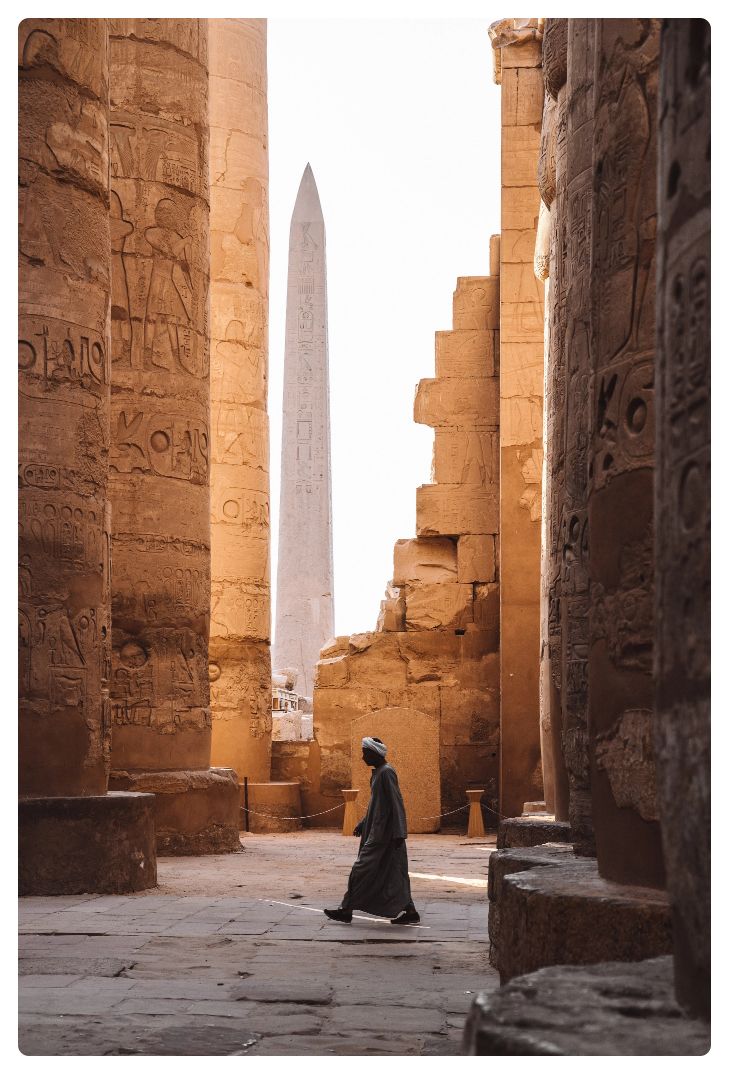
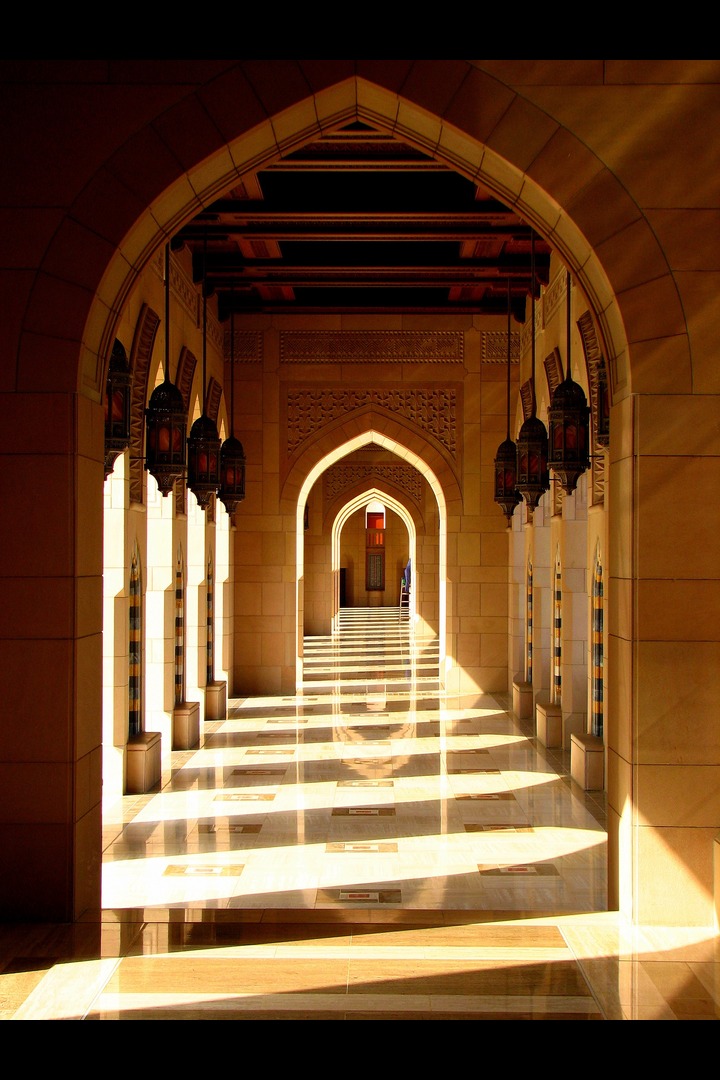
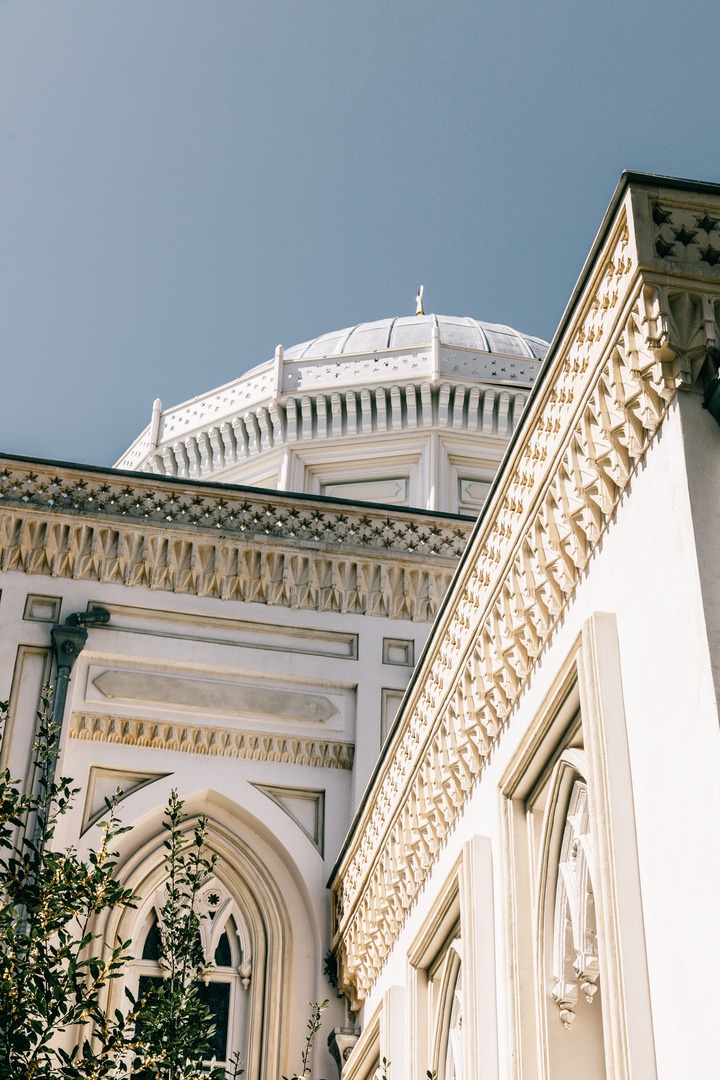
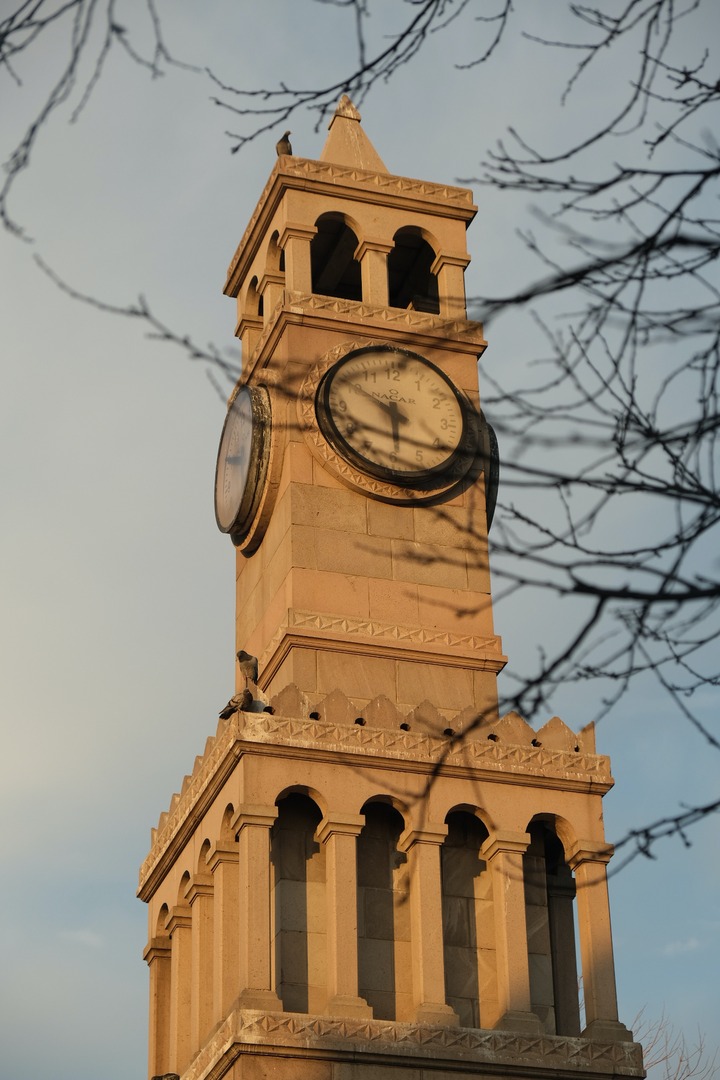

What Are the Benefits
of Religious Tourism?
Religious tourism has many benefits, both on a personal and a global level. On a personal level, visiting a holy site can deepen one’s faith and connection to their religion. It can be a way to learn more about a religion and its history, as well as gain a greater appreciation of the beliefs and values of other cultures.
On a global level, religious tourism can help foster understanding between different faiths. By visiting holy sites, people have the opportunity to learn more about each other’s beliefs, as well as understand their commonalities. This can lead to greater respect and appreciation for cultures and traditions that may be different from their own.
Religious tourism also has economic benefits. Visitors to holy sites can help to support local businesses and boost tourism in the area. This influx of visitors can provide an economic boost to the region, creating more jobs and helping to improve living standards.
Finally, religious tourism can also help to preserve cultural heritage. In order to visit holy sites, visitors must abide by the rules and regulations that govern the area. This helps to ensure that the area is properly managed, and that its cultural history is preserved.

What Are the Benefits
of Religious Tourism?
Religious tourism has many benefits, both on a personal and a global level. On a personal level, visiting a holy site can deepen one’s faith and connection to their religion. It can be a way to learn more about a religion and its history, as well as gain a greater appreciation of the beliefs and values of other cultures.
On a global level, religious tourism can help foster understanding between different faiths. By visiting holy sites, people have the opportunity to learn more about each other’s beliefs, as well as understand their commonalities. This can lead to greater respect and appreciation for cultures and traditions that may be different from their own.
Religious tourism also has economic benefits. Visitors to holy sites can help to support local businesses and boost tourism in the area. This influx of visitors can provide an economic boost to the region, creating more jobs and helping to improve living standards.
Finally, religious tourism can also help to preserve cultural heritage. In order to visit holy sites, visitors must abide by the rules and regulations that govern the area. This helps to ensure that the area is properly managed, and that its cultural history is preserved.
What Are the Benefits of Religious Tourism?
Religious tourism has many benefits, both on a personal and a global level. On a personal level, visiting a holy site can deepen one’s faith and connection to their religion. It can be a way to learn more about a religion and its history, as well as gain a greater appreciation of the beliefs and values of other cultures.
On a global level, religious tourism can help foster understanding between different faiths. By visiting holy sites, people have the opportunity to learn more about each other’s beliefs, as well as understand their commonalities. This can lead to greater respect and appreciation for cultures and traditions that may be different from their own.
Religious tourism also has economic benefits. Visitors to holy sites can help to support local businesses and boost tourism in the area. This influx of visitors can provide an economic boost to the region, creating more jobs and helping to improve living standards.
Finally, religious tourism can also help to preserve cultural heritage. In order to visit holy sites, visitors must abide by the rules and regulations that govern the area. This helps to ensure that the area is properly managed, and that its cultural history is preserved.




What Are Some
Popular Destinations for Religious Tourism?
There are many destinations around the world that are popular for religious tourism.
The Middle East is home to many of the world’s major religious sites, including the Al-Aqsa Mosque in Jerusalem, the Kaaba in Mecca, and the Great Mosque of Damascus. In Europe, Rome is a popular destination for religious travelers, as it is home to the Vatican and many of the world’s most important Christian sites.
India is also a popular destination for religious tourism. Hindu pilgrims visit the temples of Varanasi, the Ganges River, and the sacred sites of the Himalayas. In South America, Machu Picchu and other Incan sites are quite frequently visited destinations.
There are many destinations around the world that are popular for religious tourism.
The Middle East is home to many of the world’s major religious sites, including the Al-Aqsa Mosque in Jerusalem, the Kaaba in Mecca, and the Great Mosque of Damascus. In Europe, Rome is a popular destination for religious travelers, as it is home to the Vatican and many of the world’s most important Christian sites.
India is also a popular destination for religious tourism. Hindu pilgrims visit the temples of Varanasi, the Ganges River, and the sacred sites of the Himalayas. In South America, Machu Picchu and other Incan sites are quite frequently visited destinations.
What Types of Activities
Are Offered at Religious Sites?
When visiting religious sites, visitors can participate in a variety of activities. Depending on the location, these activities may include visiting a temple or shrine, taking a guided tour of a holy site, attending a religious ceremony, or participating in a pilgrimage.
At some sites, visitors may also be able to take part in educational activities, such as attending lectures, visiting museums, and participating in workshops. These activities can help visitors gain a better understanding of the history and culture of the region and deepen their knowledge of the religion and its practices.
Visitors to religious sites may also have the opportunity to purchase souvenirs and mementos. These items can be a great reminder of the experience and serve as a token of appreciation for the hospitality of the locals.
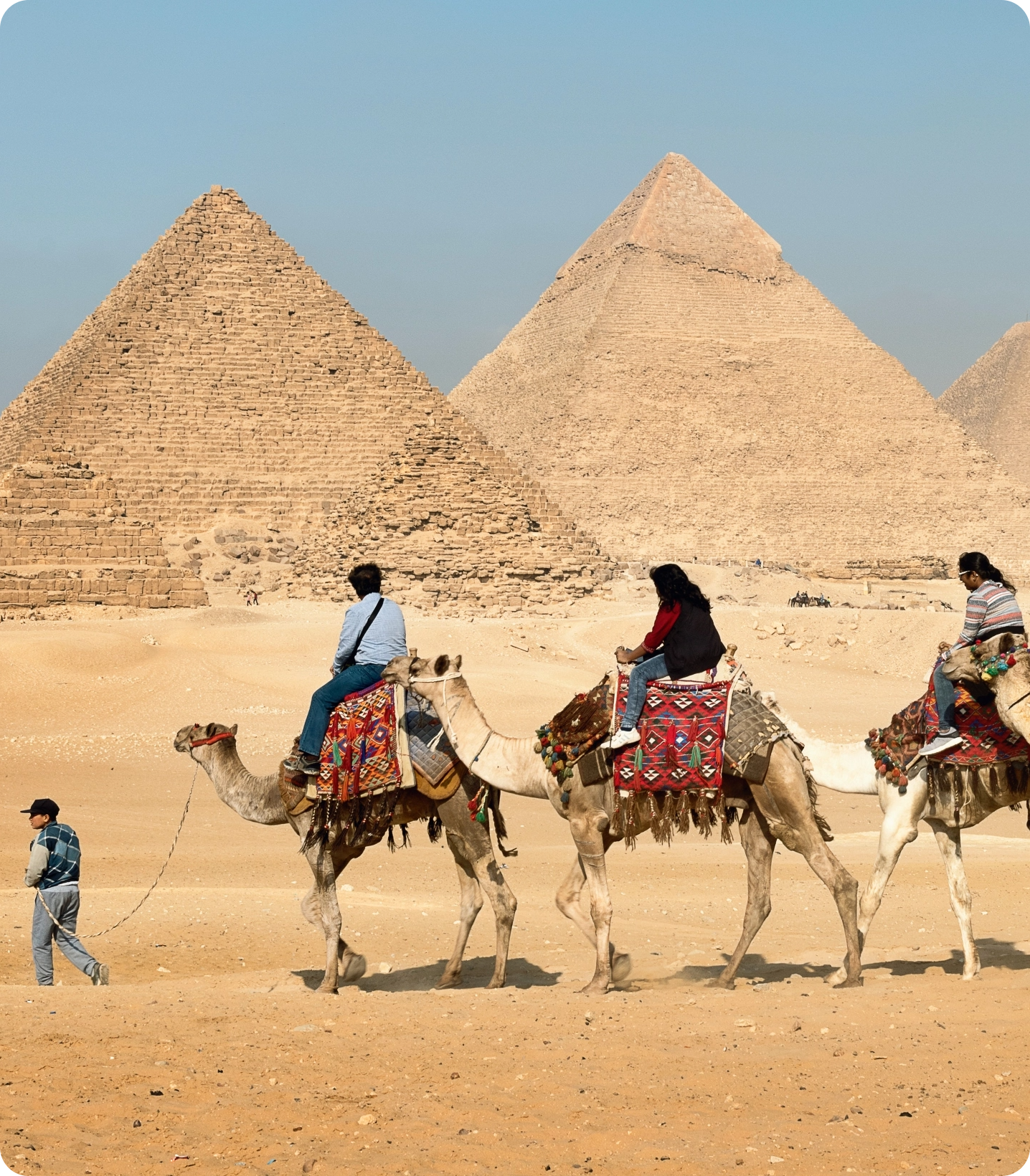
for Enjoying a Religious
Tourism Experience?
When visiting a religious site, it’s important to show respect for the culture, practice, and beliefs of the locals. Visitors should dress appropriately, follow the rules and regulations of the site, and always ask permission before taking photographs.
It’s also important to be mindful of the cultural and religious customs of the region. Be sure to research the customs and etiquette of the area before visiting and be sure to be respectful at all times.
Finally, visitors should take the time to explore the local culture and talk to the locals. Religious tourism is a great way to learn more about different cultures and gain a better understanding of the world.
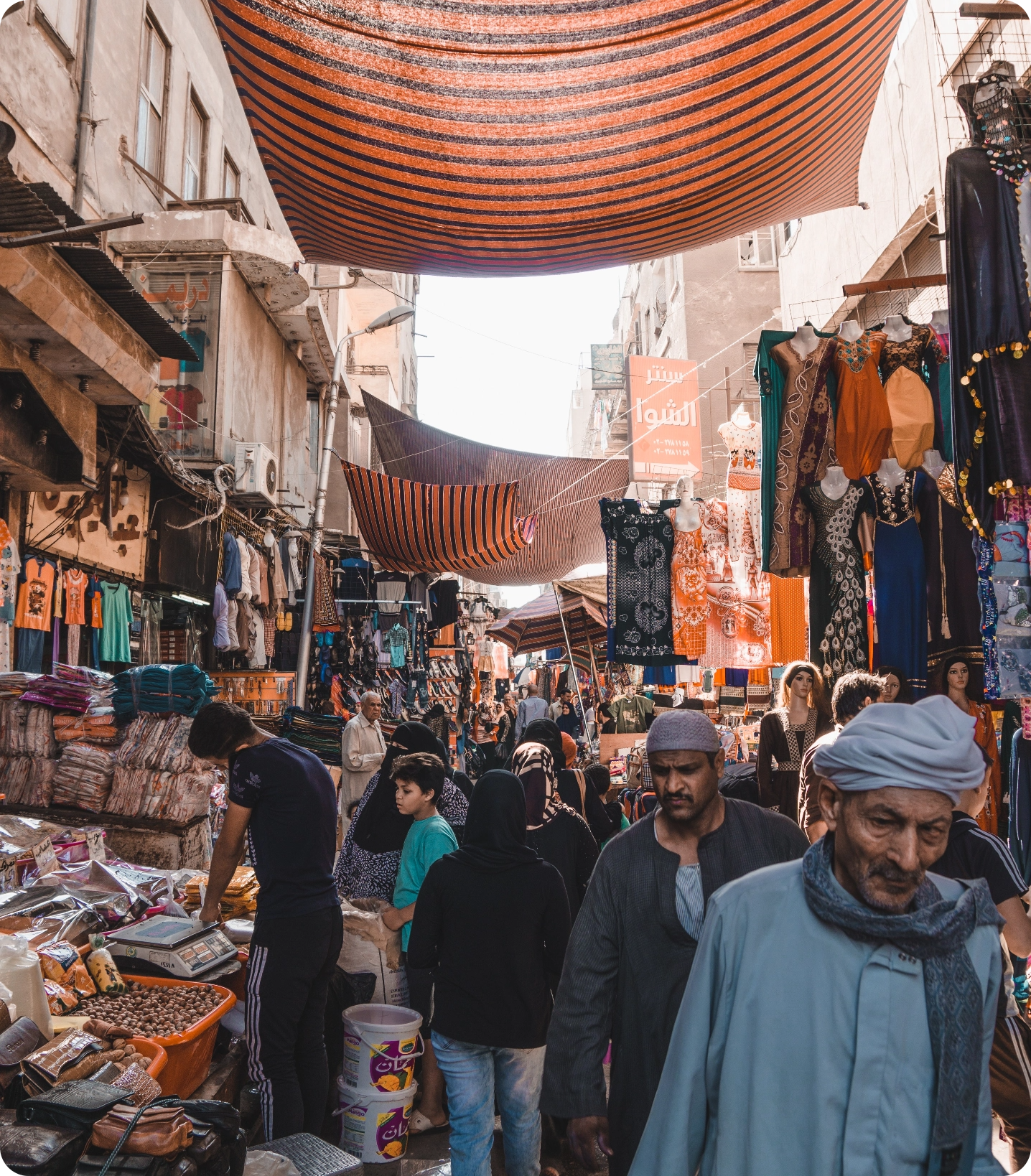
What Types of Activities Are Offered at Religious Sites?
When visiting religious sites, visitors can participate in a variety of activities. Depending on the location, these activities may include visiting a temple or shrine, taking a guided tour of a holy site, attending a religious ceremony, or participating in a pilgrimage.
At some sites, visitors may also be able to take part in educational activities, such as attending lectures, visiting museums, and participating in workshops. These activities can help visitors gain a better understanding of the history and culture of the region and deepen their knowledge of the religion and its practices.
Visitors to religious sites may also have the opportunity to purchase souvenirs and mementos. These items can be a great reminder of the experience and serve as a token of appreciation for the hospitality of the locals.

What Are Some Tips for Enjoying a Religious Tourism Experience?
When visiting a religious site, it’s important to show respect for the culture, practice, and beliefs of the locals. Visitors should dress appropriately, follow the rules and regulations of the site, and always ask permission before taking photographs.
It’s also important to be mindful of the cultural and religious customs of the region. Be sure to research the customs and etiquette of the area before visiting and be sure to be respectful at all times.
Finally, visitors should take the time to explore the local culture and talk to the locals. Religious tourism is a great way to learn more about different cultures and gain a better understanding of the world.

Recent Blog Post
The Bahariya Oasis
The Bahariya Oasis is a depression and a naturally abundant oasis in Egypt's Western Desert (Arabic: , romanized: El-Wt El-Barya, "the Northern Oases"). Cairo is about 370 kilometers away. The roughly oval valley is around 2000 km2 in size, extends from northeast to...
Valley of Whales
Wd al-tn, also known as the "Valley of the Whales," is a paleontological site in the Faiyum Governorate of Egypt, about 150 km (93 mi) south of Cairo. Arabic pronunciation: [wa.di el.it.ae] (listen). It was named a UNESCO World Heritage Site in July 2005 because to...
Gara
The most remote destination in Egypt which is Qara Oasis, also spelled Cara or Gara and known in Arabic as Qanat Umm El Sagheir, or simply Qara, is an oasis that is inhabited by only 363 people (as of the 11 November 2006 census). Because it is so tiny in comparison...



